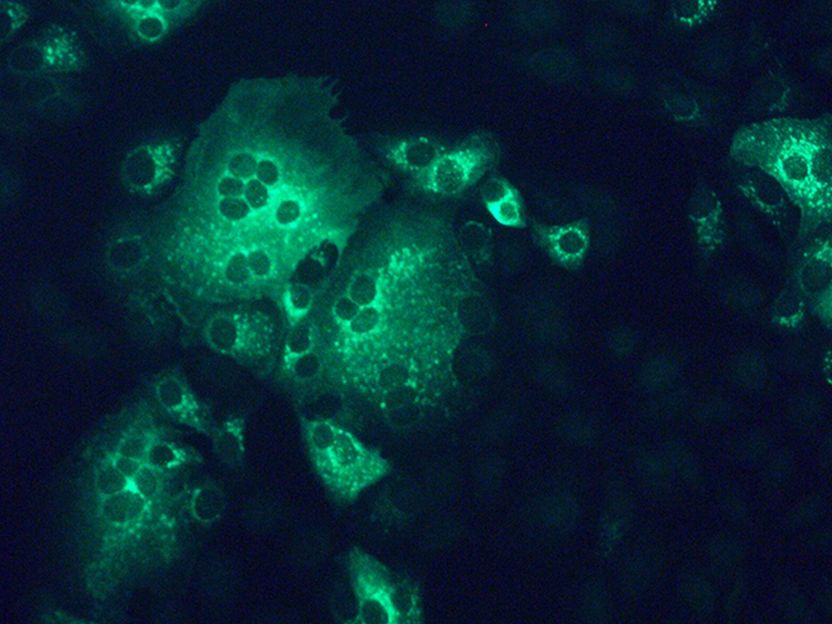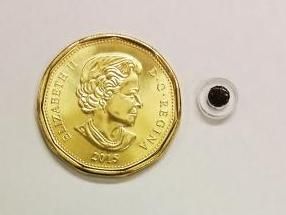Simple Biomechanical Test could aid Implant Success
Deeper insight into potential interaction between implants and body tissues
The quality of the tissue-implant interface is key to the success of implant integration. High-output benchtop screening can help developers in assessing the complex interplay between biomaterials and the body to better prepare for clinical trials.
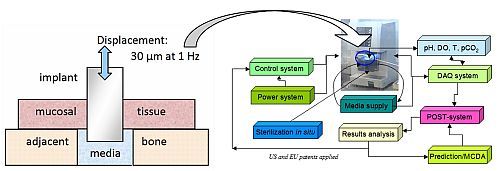
Benchtop test setup for the high-output screening of dental implants (DO = dissolved oxygen, T = temperature, pCO2 = partial pressure of CO2, DAQ = data acquisition, POST = post-processing data treatment, MCDA = multi-criteria decision aiding).
Science and Technology of Advanced Materials
High-output screening aims to maximize the amount of consistent data and information from the minimum number of tests or specimens. One way to achieve this is to simulate the implant environment in more detail during benchtop tests. By enhancing the clinical relevance of in vitro results, medical device makers will gain deeper insight into the performance of their designs, making it more straightforward to select leading candidates. Identifying poor performers earlier in the pipeline could help bring down development costs and speed up the introduction of promising designs.
"This drastically reduces the time and effort required for clinical tests," writes Michael Gasik, a researcher based at Aalto University Foundation in Finland.
To illustrate the concept, Gasik considers a dental implant, one of the most common types of implants worldwide, and advocates a simple biomechanical test for analyzing tissue implant quality.
A dental implant test sample comprises a titanium post surrounded by cultured tissue. The supply of media to the sample is controlled to enable changes in temperature, acidity, and bacterial conditions. The post can be vibrated to mimic chewing, and mechanical measurements assess how firmly the implant is bound to the tissue.
For implants, study objectives include the identification of improved tissue-biomaterial adherence and resistance to bacterial contamination and biofilm formation. Gasik notes that test platforms can also be tailored for more complex scenarios such as articular cartilage repair.
Original publication
Other news from the department science

Get the life science industry in your inbox
By submitting this form you agree that LUMITOS AG will send you the newsletter(s) selected above by email. Your data will not be passed on to third parties. Your data will be stored and processed in accordance with our data protection regulations. LUMITOS may contact you by email for the purpose of advertising or market and opinion surveys. You can revoke your consent at any time without giving reasons to LUMITOS AG, Ernst-Augustin-Str. 2, 12489 Berlin, Germany or by e-mail at revoke@lumitos.com with effect for the future. In addition, each email contains a link to unsubscribe from the corresponding newsletter.
Most read news
More news from our other portals
Last viewed contents
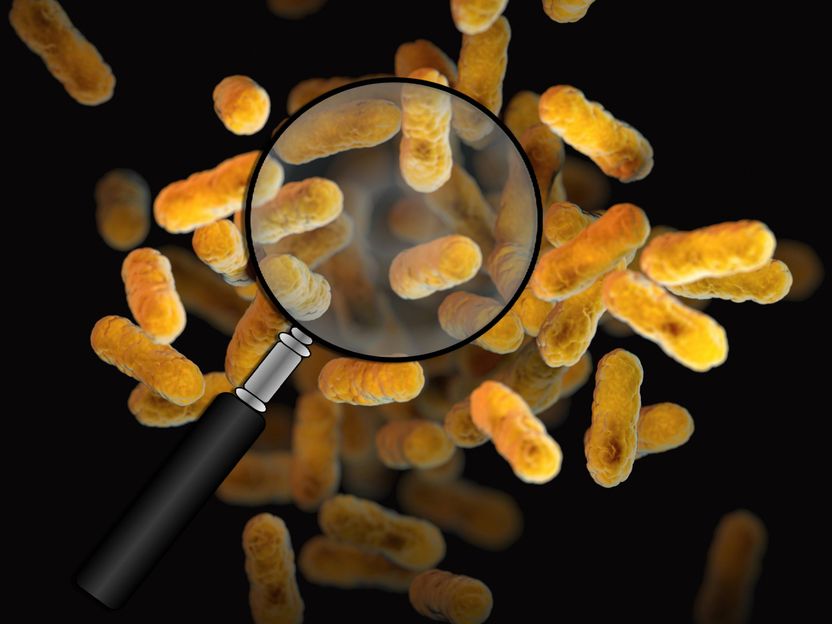
New drug candidates identified in bacteria - Bacteria show great promise as a source of active ingredients

Cytiva acquires Intermountain Life Sciences - Double capacity for buffers and liquid cell culture media
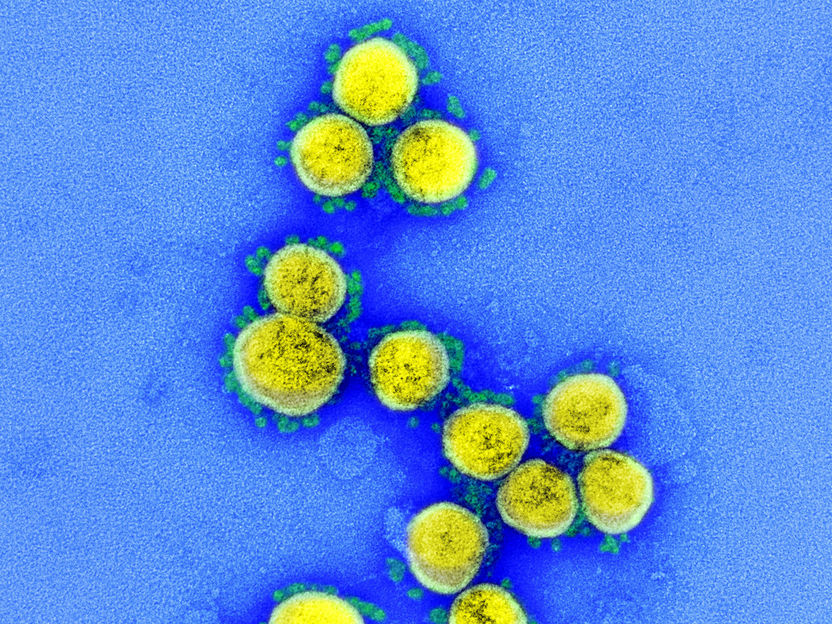
New SARS-CoV-2 neutralizing antibody enters clinical phase

Infrareal takes over pharmaceutical and biotech site in Orth, Lower Austria from Takeda - "Our expertise will help us to further expand the site, and we are hoping to attract more companies from these industrie"
Discontinuation of sale of ceftobiprole in Switzerland
